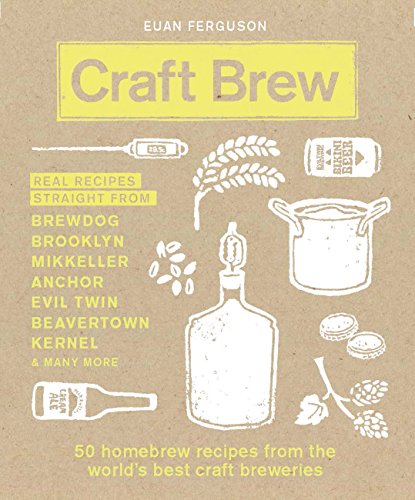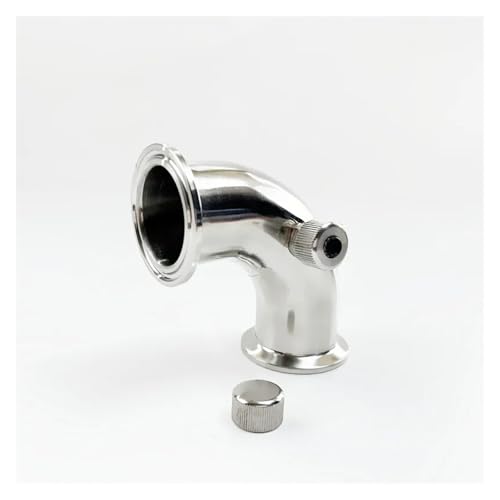Does anyone know, either anecdotally or otherwise, if bottle conditioned beers tend to do better at comps vs those entries bottled from keg, or the other way round, or generally no difference?
I had a recent entry to a comp and the feedback was that it was undrinkable, so something clearly went wrong when transferring to bottles from keg and packaging up.
At the same time, my second entry got silver on it's table, packaged the same way at the same time.
I'm planning to send a bottle conditioned version to an upcoming competition to see the comparison, but wondered if anyone knows whether there's much difference. I imagine not, or at least it could be style-dependent.
I had a recent entry to a comp and the feedback was that it was undrinkable, so something clearly went wrong when transferring to bottles from keg and packaging up.
At the same time, my second entry got silver on it's table, packaged the same way at the same time.
I'm planning to send a bottle conditioned version to an upcoming competition to see the comparison, but wondered if anyone knows whether there's much difference. I imagine not, or at least it could be style-dependent.








![BREWING THERMOMETER STICKERS ACCURATELY MONITOR FERMENTING BEER & WINE LIQUID TEMPERATURES 5PCS HOME BREW SPIRITS WINE LCD ADHESIVE [US]](https://m.media-amazon.com/images/I/311DDjo2X3L._SL500_.jpg)































